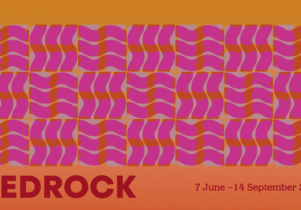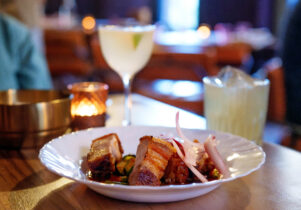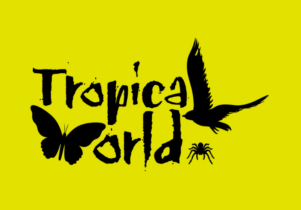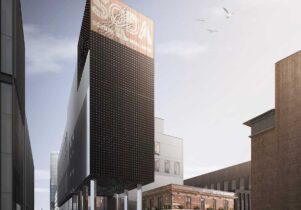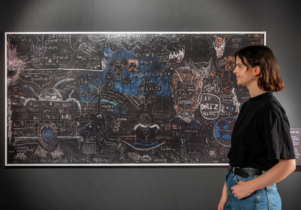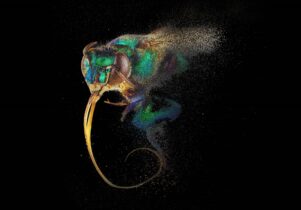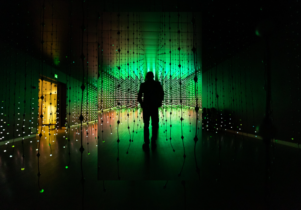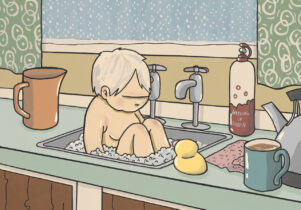Liverpool Biennial 2023 at Tobacco Warehouse
Maja Lorkowska, Exhibitions Editor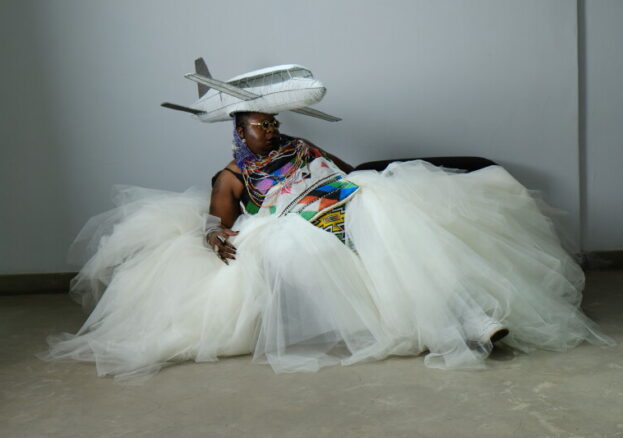
One of the most exciting things about Liverpool Biennial is that we can always expect the festival to pop up in repurposed and unexpected spaces so that, in what seems like an overnight transformation, they become cool new venues for displaying artwork. This year is no different, with the central point of the arts festival being located at Tobacco Warehouse.
Standing quayside at Stanley Dock some way outside the city centre, Tobacco Warehouse is the world’s largest brick built warehouse. At the height of Liverpool’s success as a trading port it stored imported rum and played a large part in the city’s colonial economy. It is this part of its history that the Biennial exhibition focuses on, with themes of healing, repair and bringing it back to the current time by celebrating aliveness.
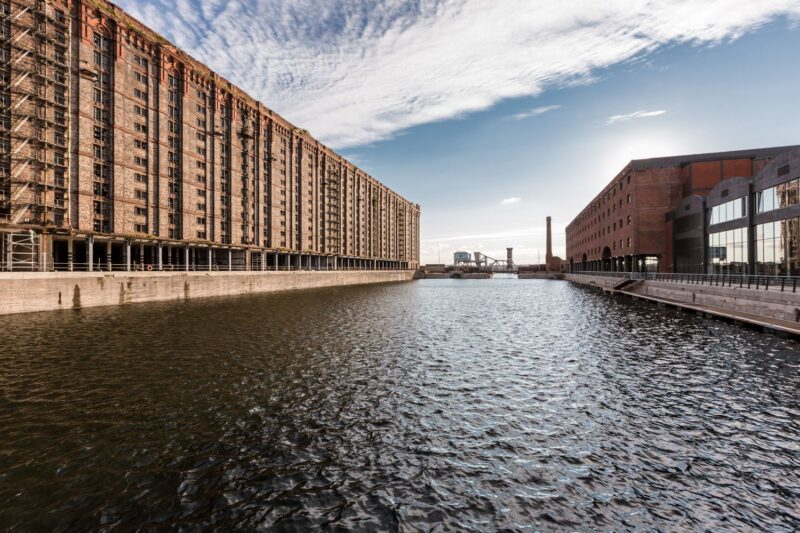
Inside, visitors will find the work of six artists: Julien Creuzet, Melanie Manchot, Rahmi Hamzi, Albert Ibokwe Khoza, Binta Diaw and Isa do Rosário. Let’s take a closer look at some of their work.
Julien Creuzet’s work fills the space with intricate sculptures suspended abstract shapes creating a cohesive installation that hovers between figuration and abstraction. The artist was born in France, grew up in Martinique and now lives and works in Paris. He describes Martinique as the heart of his imagination and thus it features heavily in his oeuvre, addressing French colonialism and the experience of diaspora contemporarily. Creuzet’s work is also inspired by the writing French Martinican intellectuals Aimé Césaire and Édouard Glissant on creolisation and migration, yet despite the strong philosophical and theoretical underpinnings of the work, it’s important to note it also makes for a very satisfying aesthetic experience.
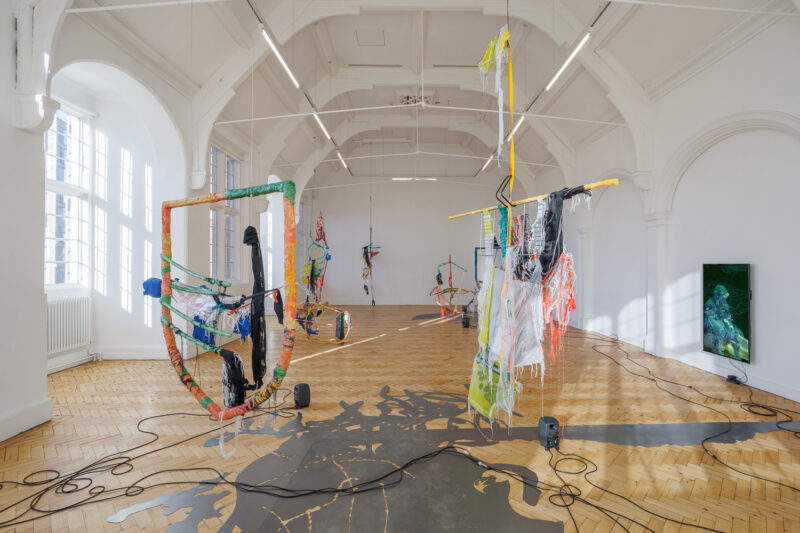
Binita Daw’s grand works are visually quiet but incredibly powerful, often using earthy materials and clear concepts. For the Biennial exhibition, the artist uses the Brooks slave ship, which between 1782 and 1804, departed from Liverpool to the West Coast of Africa carrying over 5000 enslaved people to plantations in the Caribbean, as a blueprint for her piece Chorus of Soil (2023). The piece is an arrangement mimicking the shape of the ship on the floor, on an almost 1:1 scale, made up of soil and seeds in reference to the plantation and the worked ground. The scale and simplicity of the installation is extremely compelling, making this one of the most memorable works in the Biennial. The work is a reflection on the past as much as a look towards the future, where seeds can sprout new buds and new beginnings are possible.
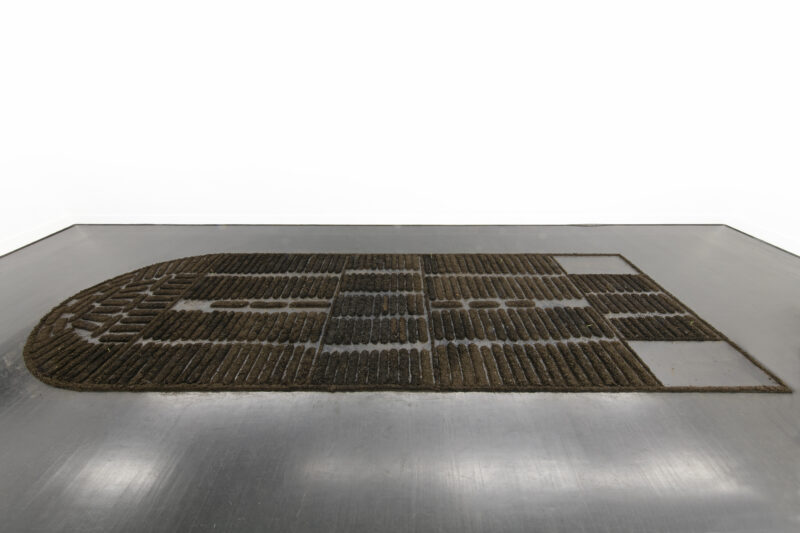
The performance works of Albert Ibokwe Khoza are grand in scale, ambition and flamboyance despite the darkness of the topics they’re addressing. Their piece The Black Circus of the Republic of Bantu (2022) is presented at Tobacco Warehouse as an installation having initially been created as a live performance. The piece is a comment on what today is an unthinkable form of entertainment that still regularly took place less than 100 years ago – ethnological expositions, such as human zoos and exhibitions which were popular in the West between the 1870s and 1960s. The artist exposes their shameful legacy whilst simultaneously creating a new space for conversation, healing and reclamation of this painful part of history.
